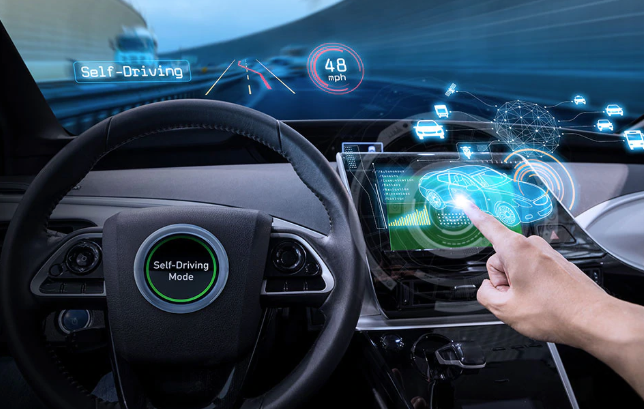High-Tech Cars: What’s New in Car Safety Features?

High-tech cars are here to stay. Car safety technology is evolving quickly, bringing scores of often unpronounceable abbreviations for new systems that promise to keep us safer. Can a car read a street sign? Can the family wagon’s safety systems react to a sudden traffic change faster than a seasoned driver? Automakers say yes.
We’re all familiar with established safety systems like Anti-Lock Braking Systems (ABS) and Traction Control. ABS dates back to the late 1920’s when it was first developed for aircraft, although it wasn’t until 50 years later that this now nearly ubiquitous technology reached the highway. Technology is advancing faster now than ever before, bringing inventive new safety systems to your dashboard and automobile chassis. Let’s take a look under the hood of today’s high tech cars to see what some of the most intriguing new technologies offer and how they can make your commute safer and less stressful.
- What Are Advanced Driver Assistance Systems? Often referred to as ADAS, Advanced Driver Assistance Systems offer a broad range of safety-enhancing features for vehicles. These systems range from sensors that can detect drowsiness in drivers to pedestrian detection and avoidance systems — or even onboard cameras that can read road signs, warning you about speed limit changes or stop signs via dash alerts.
- Automatic Emergency Braking Systems (AEBS). Going a step beyond simpler and possibly distracting collision warning systems, AEBS puts the brakes on rear-end collisions. Sensors continually monitor the distance of vehicles in front of the car. If the system detects that a collision is imminent, it intervenes, assisting with braking if the driver is braking (but not hard enough) or automatically applying the vehicle’s brakes if the driver doesn’t respond. The National Highway Transportation Safety Administration (NHTSA) reports that up to a third of police-reported crashes involve a rear-end collision.1
- Lane Keeping Assist. Some of the leading reasons for lane-drift crashes are driver distraction, illness, and drivers who have drifted off themselves — and are sleeping at the wheel. Lane Keeping Assist raises the bar above Lane Departure Warning systems, which provide audible warnings and are often manually disabled by drivers, by taking corrective action to keep the vehicle centered in the lane. Read More




























